|
In our most recent publication, a donor-acceptor-donor (D-A-D) molecule has been designed and synthesized for use as the electron-donating material for organic solar cells. The D-A-D molecule (ZOPTAN-TPA) features a low HOMO level of −5.2 eV and an optical energy gap of 2.1 eV. Our best organic solar cell exhibited a power conversion efficiency of 1.9% and a high open-circuit voltage of 1.0 V. This work was developed together with the research groups of Prof. Bertil Eliasson, and Prof. Ludvig Edman. Javed Iqbal, Jenny Enevold, Christian Larsen, Jia Wang, Srikanth Revoju, Hamid Reza Barzegar, Thomas Wågberg, Bertil Eliasson, and Ludvig Edman. Solar Energy Materials and Solar Cells, 155, 348–355 (2016) DOI: 10.1016/j.solmat.2016.06.018 Abstract A donor-acceptor-donor (D-A-D) molecule has been designed and synthesized for use as the electron-donating material in solution-processed small-molecule organic solar cells (OSCs). The D-A-D molecule comprises a central electron-accepting (2Z,2′Z)-2,2′-(2,5-bis(octyloxy)-1,4-phenylene)bis(3-(thiophen-2-yl)acrylonitrile) (ZOPTAN) core, which is chemically connected to two peripheral and electron-donating triphenylamine (TPA) units. The ZOPTAN-TPA molecule features a low HOMO level of −5.2 eV and an optical energy gap of 2.1 eV. Champion OSCs based on a solution-processed and non-annealed active-material blend of [6,6]-phenyl-C61-butyric acid methyl ester (PCBM) and ZOPTAN-TPA in a mass ratio of 2:1 exhibits a power conversion efficiency of 1.9% and a high open-circuit voltage of 1.0 V.
0 Comments
Your comment will be posted after it is approved.
Leave a Reply. |
Nano for Energy group
Categories
All
Featured publications
Comprehensive Study of an Earth-Abundant Bifunctional 3D Electrode for Efficient Water Electrolysis in Alkaline Medium.
ACS Appl. Mater. Interfaces, 2015, 7, 28148 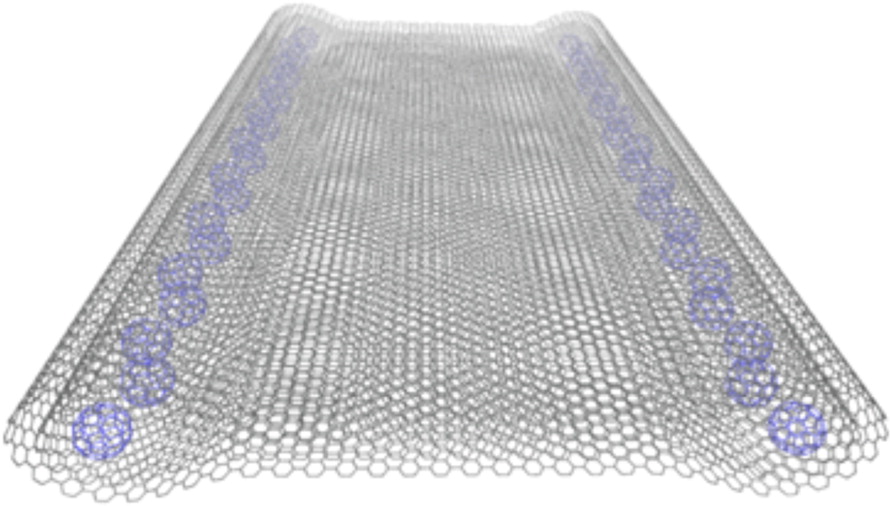
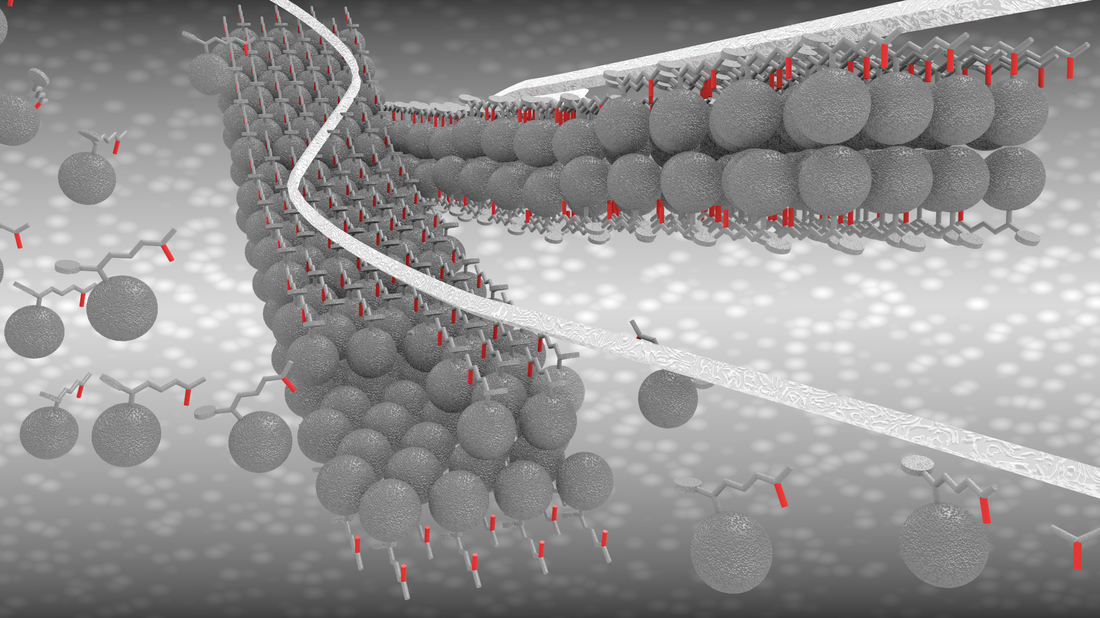
Fabrication of One-Dimensional Zigzag [6,6]-Phenyl-C61-Butyric Acid Methyl Ester Nanoribbons from Two-Dimensional Nanosheets.
ACS Nano, 2015, 9, 10516 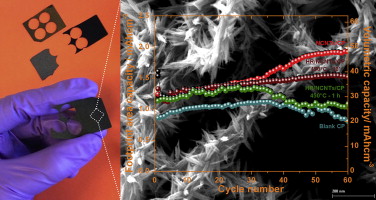
Hierarchical self-assembled structures based on nitrogen-doped carbon nanotubes as advanced negative electrodes for Li-ion batteries and 3D microbatteries.
J. P. Sources, 2015, 279, 581 .Self-Assembly Synthesis of Decorated Nitrogen-Doped Carbon Nanotubes with ZnO Nanoparticles: Anchoring Mechanism and the Effects of Sulfur.
J. Phys. Chem. C, 120, 27849 (2016) Sn/Be Sequentially co-doped Hematite Photoanodes for Enhanced Photoelectrochemical Water Oxidation: Effect of Be2+ as co-dopant.
Sci Rep. 2016; 6: 23183. Atomistic understanding of the origin of high oxygen reduction electrocatalytic activity of cuboctahedral Pt3Co–Pt core–shell nanoparticles.
Catal. Sci. Technol., 2016, 6, 1393-1401 Photocatalytic reduction of CO2 with H2O over modified TiO2 nanofibers: Understanding the reduction pathway.
Nano Res. (2016) 9: 1956. |
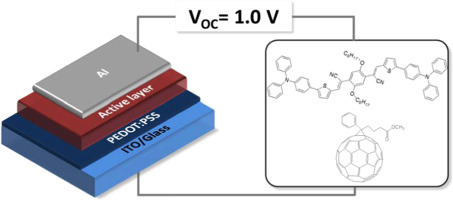
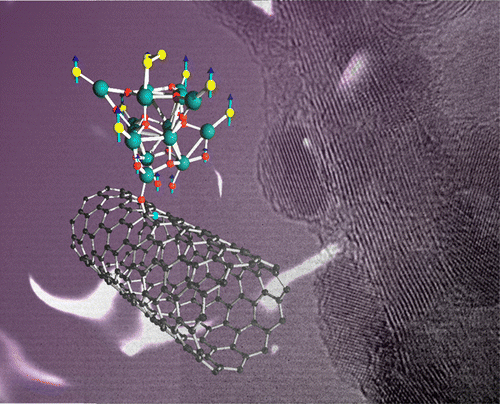
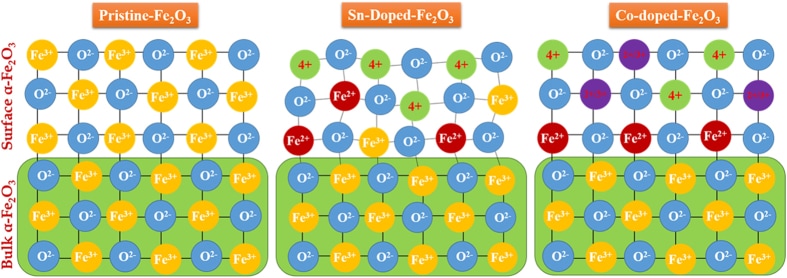
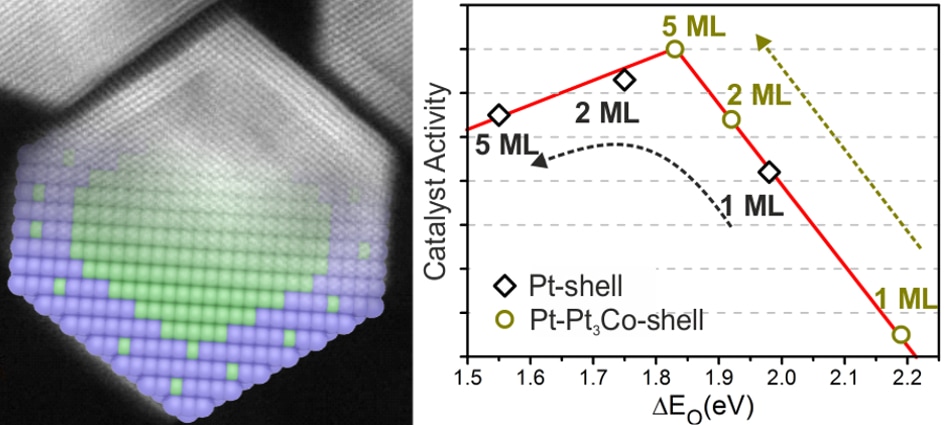
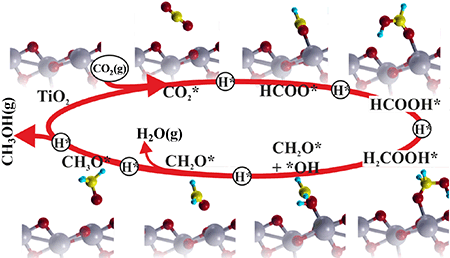
 RSS Feed
RSS Feed